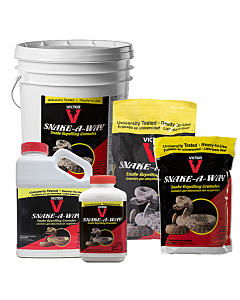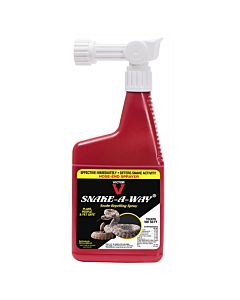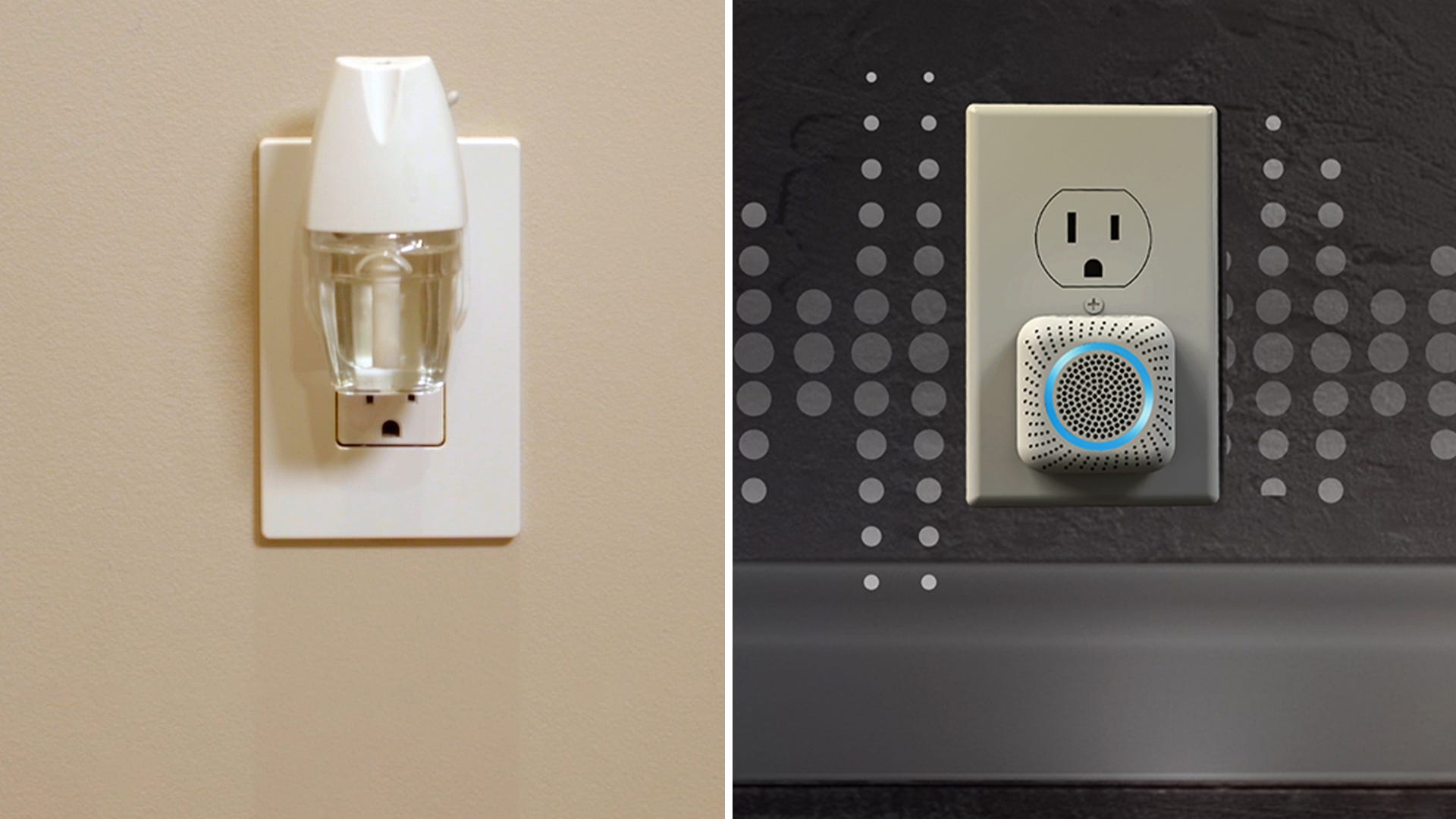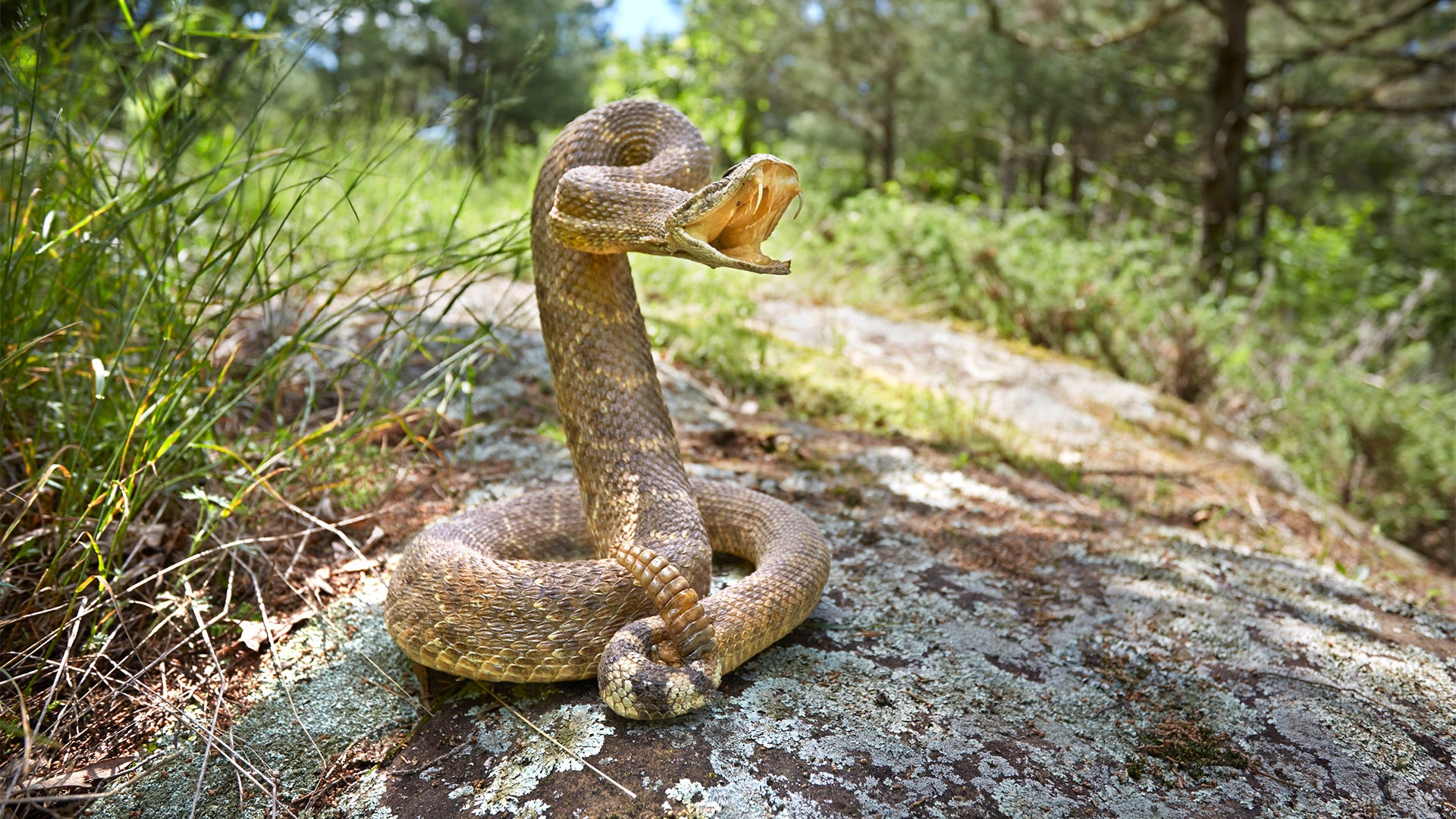
Of the 3,000+ snake species found worldwide, there are only just over 100 snake species found in North America. Of those species, only 21 are venomous. While all snakes have the capability to bite and cause infection, it’s the venomous snakes you should worry about. So when you spot a snake, it’s important to be able to tell the difference between the venomous and non-venomous ones.
Snake Habitats & Diet
Before we can delve into specific snake species, it’s important to know more about snakes and the environments in which they can be found. Since snakes inhabit every continent except Antarctica, it’s important to note that each species prefers a unique set of conditions. However, there are some overarching features that apply to most snakes and allow them to thrive. Most snakes prefer warm, tropical climates since they have to regulate their own body temperatures.
Many snakes hibernate in the winter due to the lack of heat in the environment if they live in an area that experiences real winters. Other snakes will be active year-round if the temperatures remain warm. While snakes do need the heat of the sun to increase their body temperature, they will slither into cooler areas if they begin to overheat.
A snake’s diet also depends on their size and the environment in which they live. Many snakes love to feast on insects, eggs, mice, lizards, frogs, birds, rats, and more. With a diet as varied as a serpent’s, it’s hard to limit your potential exposure when venturing outdoors.
Venomous Snakes
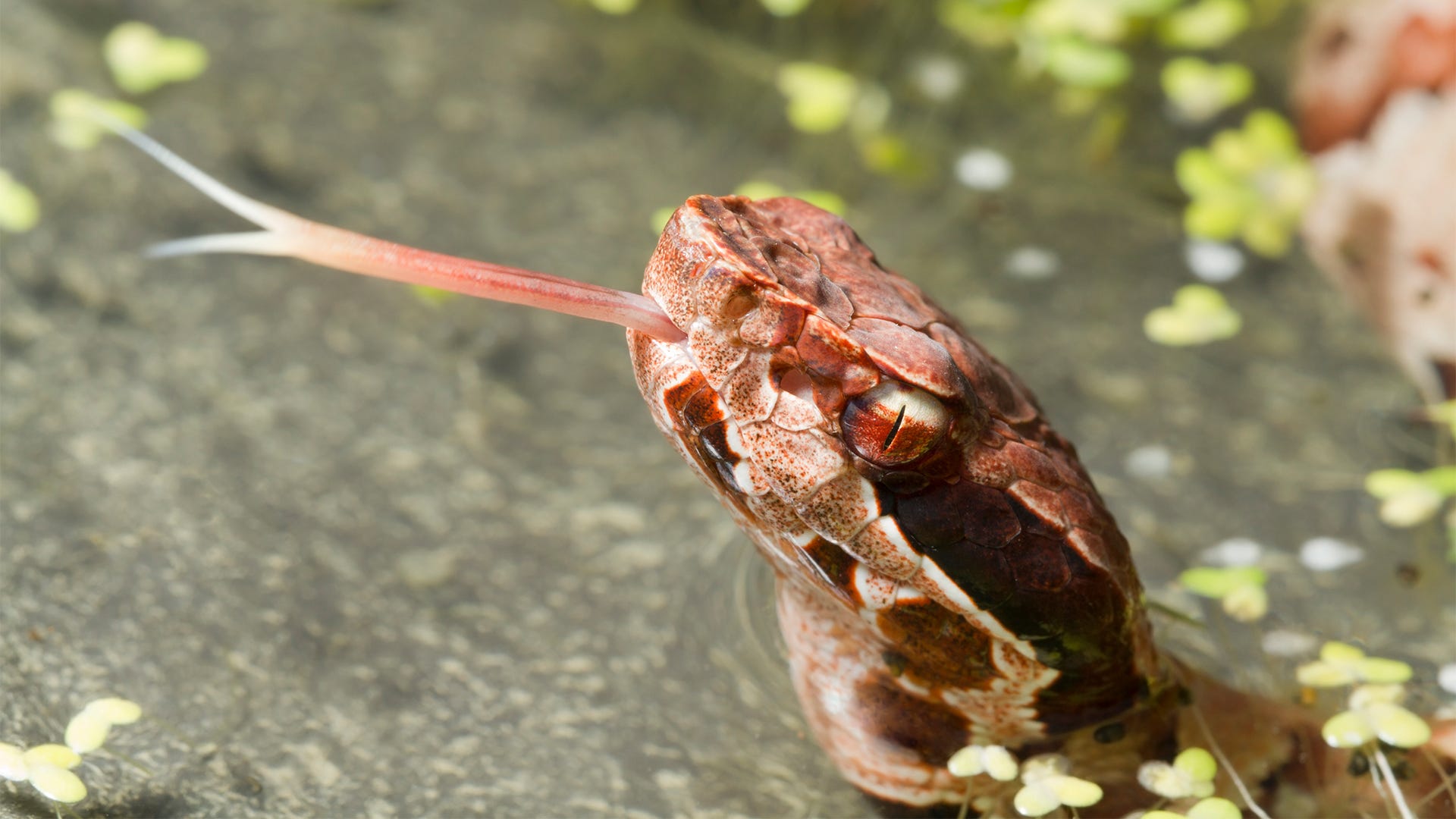
The obvious difference between venomous snakes and non-venomous snakes is the presence or lack of venom. Snake venom is a modified form of toxic saliva that is used as a defensive mechanism when a snake is threatened or to immobilize and kill prey. Snakes produce their own venom and secrete it through their fangs when needed and store the venom in glands located in the head near the mouth.
How to Recognize Venomous Snakes
While it may be difficult to distinguish certain features quickly in an emergency, there are several factors you can use to recognize a venomous snake. Typically, venomous snakes have triangular-shaped heads, pupils with slits like a cat’s, and thick bodies. Some venomous snakes are also classified as pit vipers, such as rattlesnakes and copperheads. These types of snakes have pits just behind their noses that they use to detect prey. While it can be hard to see from a distance, it is an easily distinguishing feature.
Using color to determine whether or not a snake is venomous can easily lead you astray. Snakes use color to blend in with their environments or to deter predators. Some snakes have patterns that can make them more easily identifiable, but these all vary from species to species.
Common Venomous Snake Species
While there are 21 venomous snake species in the United States, there are four that make up the bulk of species you need to worry about. These common venomous snakes include:
- Rattlesnakes – Rattlesnakes are probably the most well-known and easily identifiable snake in the United States. The 33 different species of rattlesnakes are found throughout North and South America and can live in a wide variety of environments but are most commonly found in desert habitats. Growing up to 6.6 feet in length, these snakes are the largest on this list. They can be identified by the noise-making rattle located on the tip of the tail that produces a buzzing noise when vibrated. Although their color varies depending on their location, most rattlesnakes feature dark blotched or diamond shapes along their backs against a lighter color which can be green, yellow, pink, orange, or red. Most people believe rattlesnakes are aggressive, but they are actually quite timid and give plenty of warning signals before biting.
- Water Moccasins – Also known as cottonmouth snakes, these semi-aquatic snakes get their nickname from their extremely white mouths. Water moccasins range in size from 24-48 inches and feature a thick body and large heads. Commonly found throughout the southeast, their colors still vary greatly depending on their geographical location. They can be completely brown or black, have dark bands running along a brown or yellowish body, and adults typically retain a darker color than the more brightly colored juvenile snakes. Cottonmouths are found near water sources year-round, especially in swamps, floodplains, and wetlands. Many of the non-venomous water snakes they are frequently confused with will quickly leave at the sight of a potential predator, but water moccasins are more aggressive and will stand their ground when provoked.
- Copperheads – Copperhead snakes grow between 24-40 inches in length and have thick bodies. These snakes have large triangular, brown heads with two small spots on the top, pupils with slits, and tan-colored bodies with hourglass-shaped details running along the body. Copperheads are found all over the eastern and central United States and prefer forested areas, dry & rocky hillsides, and suburban areas. They are active both day and night and are most often seen crossing roads. Copperhead venom is not very potent and deaths from their venom are exceedingly rare.
- Coral Snakes – Coral snakes might be the smallest of the venomous snakes on this list, ranging in size from 18-30 inches with slender bodies, but they should always be taken seriously. Its most distinguishing feature is its coloring. Red, black and yellow bands alternate throughout the entire body. Use the phrase “red on yellow, you’re a dead fellow. Red on black, you’re okay Jack” to easily distinguish between common imitators. These snakes inhabit the coastal plains of the southern United States and are usually found near water sources, but they are not seen often as they spend much of their time underground. When threatened, they will elevate their heads and curl the tip of their tails, giving a clear warning not to come any closer.
Keep Your Property Snake-Free
Non-Venomous Snakes
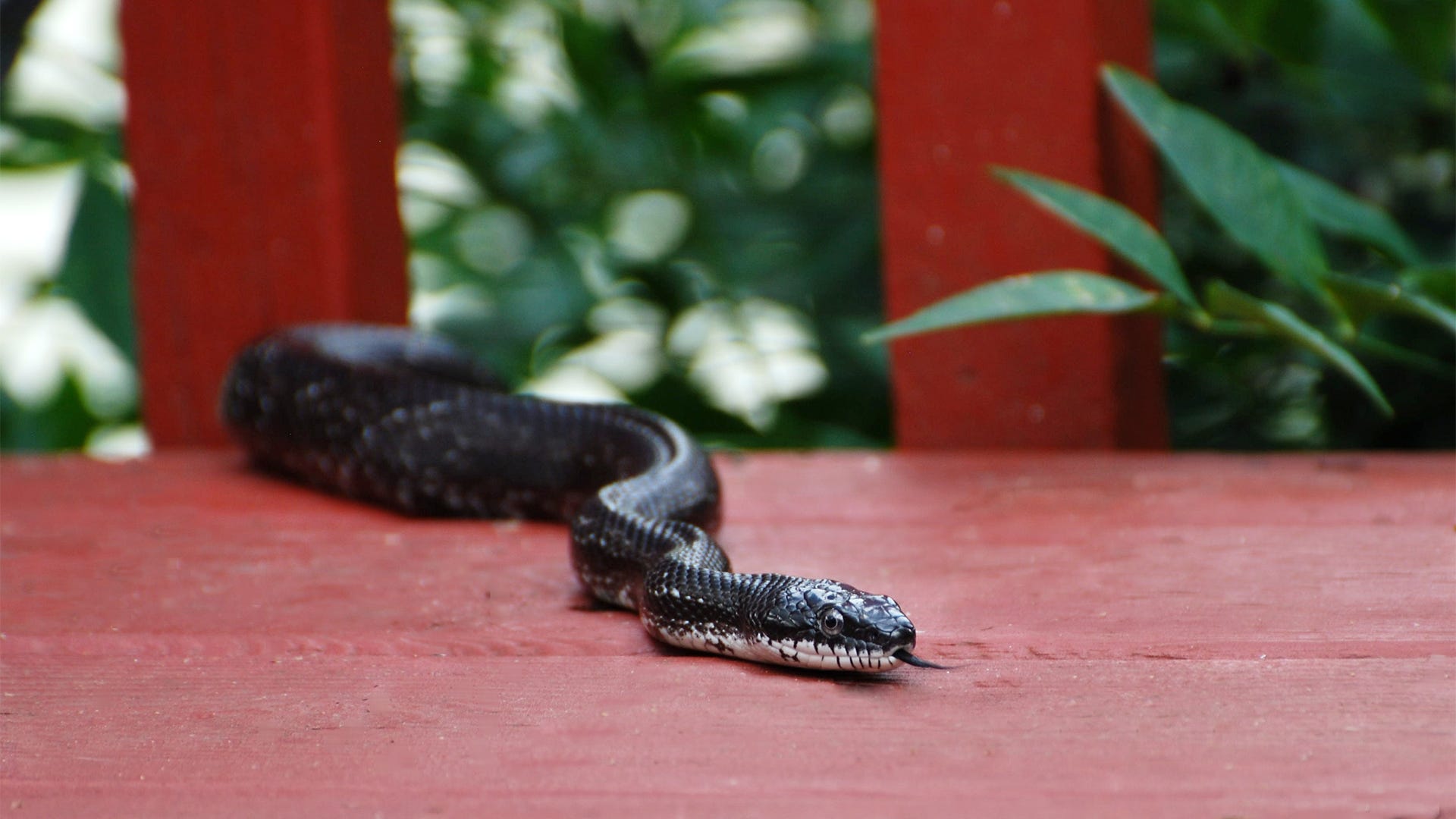
Non-venomous snakes do not produce venom, making their bites less lethal, but by no means pleasant. Most venomous snakes have rounded heads, but some species can flatten their heads to present a more triangular shape to ward off potential predators.
How to Recognize Non-Venomous Snakes
Non-venomous snakes also have rounded pupils and tend to have skinnier body shapes than their venomous counterparts. These snakes can be found in a seemingly endless array of colors that is dependent on the environment in which they live, making it difficult to determine how dangerous it could be by only using color as an indicator.
Common Non-Venomous Snake Species
Luckily, not every snake you encounter will be venomous. There is a multitude of snake species that are relatively harmless and frequently encountered. Common non-venomous snakes include:
- Garter Snake – Most garter snakes range in size from 18-54 inches long and typically feature three yellow lines running the length of their body. These snakes are found in a wide variety of habitats but never stray too far from a water source. They are typically found underneath debris or decks but have been commonly seen slithering through gardens or yards in search of prey.
- Rat Snake – Rat snakes typically grow up to 3-5 feet in length. Colors vary depending on region, but many are black with white on their underbellies, but some can be yellow, orange, grey, and some have stripes. These snakes are found all over the United States and are usually the most common snake found in a suburban setting.
- Black Racer – These snakes are characterized by their all-black or nearly-black appearances and are commonly mistaken for other snakes, such as the rat snake. Black racer snakes grow up to 6 feet in length, are notably faster than most other snakes, and usually flee when approached unless cornered. These snakes are only active during the daytime and hunt a wide variety of prey.
- Corn Snake – While the corn snake can grow up to 4 feet in length, they are typically very slender. Their coloring can range from orange, red, brown, or grey, and feature square-shaped black-margined blotches all over their body. These snakes spend most of their time hidden and prefer out-of-the-way places such as under logs or in old barns.
Learn More
Are snakes a big problem for your home and yard? How are you correcting the issue? Here at Victor®, we love hearing your stories and about what worked best for you! Head over to our Facebook page to share your photos, stories, or tips that you’ve learned in your pest control adventures. Stay up to date with our latest products, offers, and advice by signing up for our e-newsletter.

